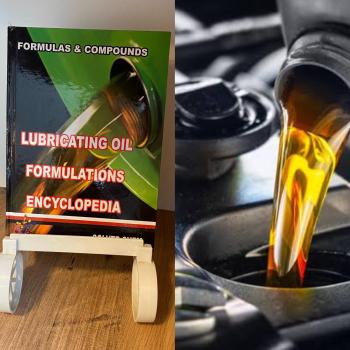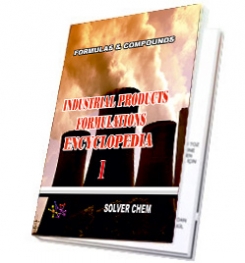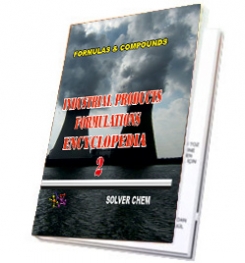
Base number (BN) is a property used to monitor combustion engine oils. It is defined as the oil's ability to neutralize acids that are formed as a byproduct of combustion, chemical reactions and oil degradation. Typically, the higher the BN, the more acid it will be able to neutralize. New engine oils usually have a BN range of 5 to 15. As oil is used in service, it becomes contaminated with acids, causing the base number to drop over time. The rate of the drop is determined by the amount of acids introduced to the system.
By using oil analysis for your engine oil, you will be able to track the BN of your oil and determine how much life is remaining. Once the base number drops below 3, this is considered too low and should trigger an oil change for your engine.
The most common reasons for a drop in the base number are related to low-quality fuel and oil oxidation. During combustion, a low-quality fuel with high sulfur content can produce sulfuric acid, which attacks the oil and causes a drop in the base number. Oil oxidation as a result of the engine overheating or an attempt to extend the oil drain interval is another reason you may see a drop in the BN.
In the case of a 1.2 mgKOH/g result after only 2,175 miles, there is something very wrong. The quality of the oil could be the culprit. If a low-quality lubricant is used, it may not be fortified with the proper additive package and thus not be able to handle the acid formation. There could also be operational or mechanical issues.
A more appropriate measure of service for this engine may be hours instead of mileage. Imagine the difference between a taxi that spends the majority of its time waiting at an airport to pick up passengers (idling) vs. a highway transport that spends the majority of its time at 65 mph. The taxi may run for more than 500 hours to get to 2,175 miles, while the highway transport could achieve this in only 35 hours of runtime.
Mechanically, fuel could be entering the crankcase and causing dilution. This will also result in the rate of BN decay to increase.
Further testing will be needed to make a final determination. The flash point can help to establish if any fuel is finding its way into the lubricant. A result of 1.5 to 2 percent would be cause for concern. Viscosity is also a good indicator of fuel dilution. If a sample of the new oil is available, Fourier transform infrared (FTIR) spectroscopy could provide a good indication of nitration (blow-by).
These are not the only reasons for a depletion of the base number, but they are considered the most common. The severity obviously attributes to the rate, and in this case (1.2 mgKOH/g after only 2,175 miles), there must be significant influence from multiple sources.

any engine oil
LUBRICATING OIL
FORMULATIONS
ENCYCLOPEDİA
is enough.
LUBRICATING OIL FORMULATION ENCYCLOPEDIA has many formulations of greases, complex grease, lithium grease production,sodium greases formula, formulation,multigrade engine oils manufacturing process,motor oils making, gear oil production, synthetic engine oils,semi synthetic motor oils,gasoline oils,diesel oils production process,composition of turbine oils,transmission oil manufacturing, production of cycle motor engine, tractor oils,mineral based motor engine production,heat transfer oils, slideway oils formulation, formulations, cutting oils formula,formulas grinding oils,mould oils manufacturing process and etc.
All lubricating oils in the encyclopedia are producible easily.You need no help and no technıcal support. The encyclopedia is enough to produce lubricating oils and engine oils itself.
LUBRICATING OIL
FORMULATIONS
ENCYCLOPEDIA
is written clear and understandable.


HARD BOOK E BOOK
RELATED TAGS: What is engine oils,making synthetic diesel engine oil,semi synthetic engine oil manufacturing process,mineral based engine oil production, heavy duty engine oil formulation,high performance engine oil formula,formulas,properties of motor oils,synthetic motor oil msds, analysis,composition of engine oils,additives of motor oils, mineral engine oil formulation,make semi synthetic diesel engine oil, base oils,synthetic base oils,light neutral oil,heavy neutral oil,performance additives package, properties of diesel engine oil, how to formulate engine oils, types of engine oils, synthetic motor oils,ingredients of engine oils,compounds of engine oils, index of motor oil,characteristic of motor oils,application of motor oils,combination of synthetic engine oils.
SOLVERCHEM PUBLICATIONS

|
|

|
|

|
|
